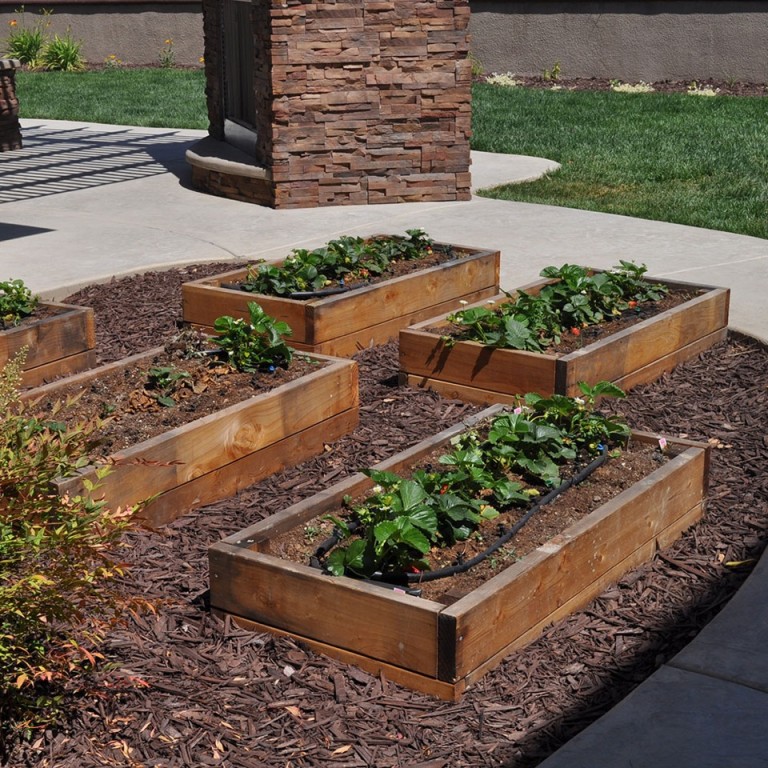
Now that spring has arrived, you might be ready to begin work on your backyard vegetable garden. The time to plant is just after the last frost date, according to the Farmer’s Almanac. Once that date has passed, it is safe to start your veggie garden – although some people choose to start their baby plants indoors a few weeks earlier.
What are you going to grow? Vegetable gardens are so much fun, that it’s easy to get carried away! You might want to grow a large variety of delicious food. However, until you’ve become experienced at growing vegetables, it is often a good idea to limit yourself to just a few of your favorites. Ask yourself which vegetables are most popular in your family, and grow the ones you all enjoy most.
Some gardeners enjoy branching out into specialized or heirloom varieties of vegetables. There’s nothing quite the satisfaction of growing a beautiful, unusual species of tomato! This can be rewarding, but is sometimes more difficult and time consuming.
Test your soil. Soil testing kits are cheap, but invaluable to starting a vegetable garden on the right foot. Vegetables require the pH balance in order to grow properly. Most plants prefer a more neutral pH level, between 6.2 and 7.2, but some special varieties might require a soil that is more alkaline or acidic. Add the right amendments to your soil, and you will be rewarded with a much more abundant garden. Limestone can be added to reduce acidity, while organic compost, sulfur, or gypsum can increase acidity as needed.
Consider a raised bed. If you build raised garden beds, you can easily control the soil to make the needs of your crops. This is a great idea if you want to grow several different vegetables with very different pH needs. This is the method that we most strongly recommend.
Consider sunlight and water needs. Generally speaking, most vegetables need a lot of sunlight in order to grow well. A few might do well in the shade. In Southern California, we don’t usually have a shortage of sunlight! But you still have to consider shade in terms of planting your garden too close to the house, fencing, walls, and so forth. And of course, you need to decide how to supply your plants with adequate water. If you aren’t on a drip irrigation system, you will need to water your garden daily with the hose or a sprinkler.
Mulch. Because our summers are hot and dry, mulch is an absolute necessity. Spread mulch throughout your garden to help plant roots retain moisture and protect them from excessive heat.
Space. When choosing plants for your garden, carefully consider their needs for space. It’s hard to imagine those tiny baby plants taking up several square feet each, but that can definitely be the case for some varieties! You don’t want to overcrowd your garden so begin with the end in mind.
If you’re short on space, remember that many varieties of tomatoes, strawberries, and some other plants can be grown in hanging planters. Start off small and experiment, so you can learn what works best for you, and next year you can grow a lot more veggies if you choose.
As always, please feel free to stop by our nursery! View our plants and get some expert advice on how to get your vegetable garden off to a terrific start.

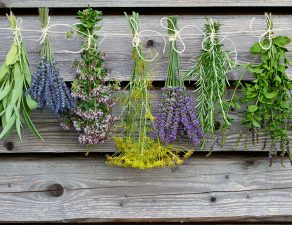
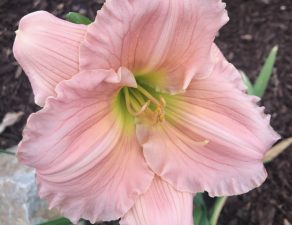

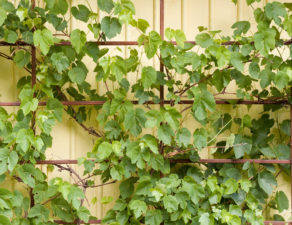
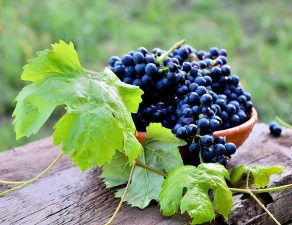
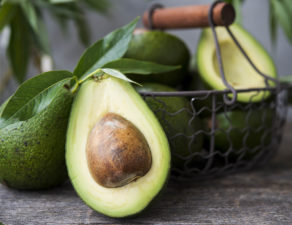


Write a comment: